Submitted by WA Contents
Labics built an installation that insists on reversing the point of view in Milan
Italy Architecture News - Apr 23, 2018 - 05:57 18862 views
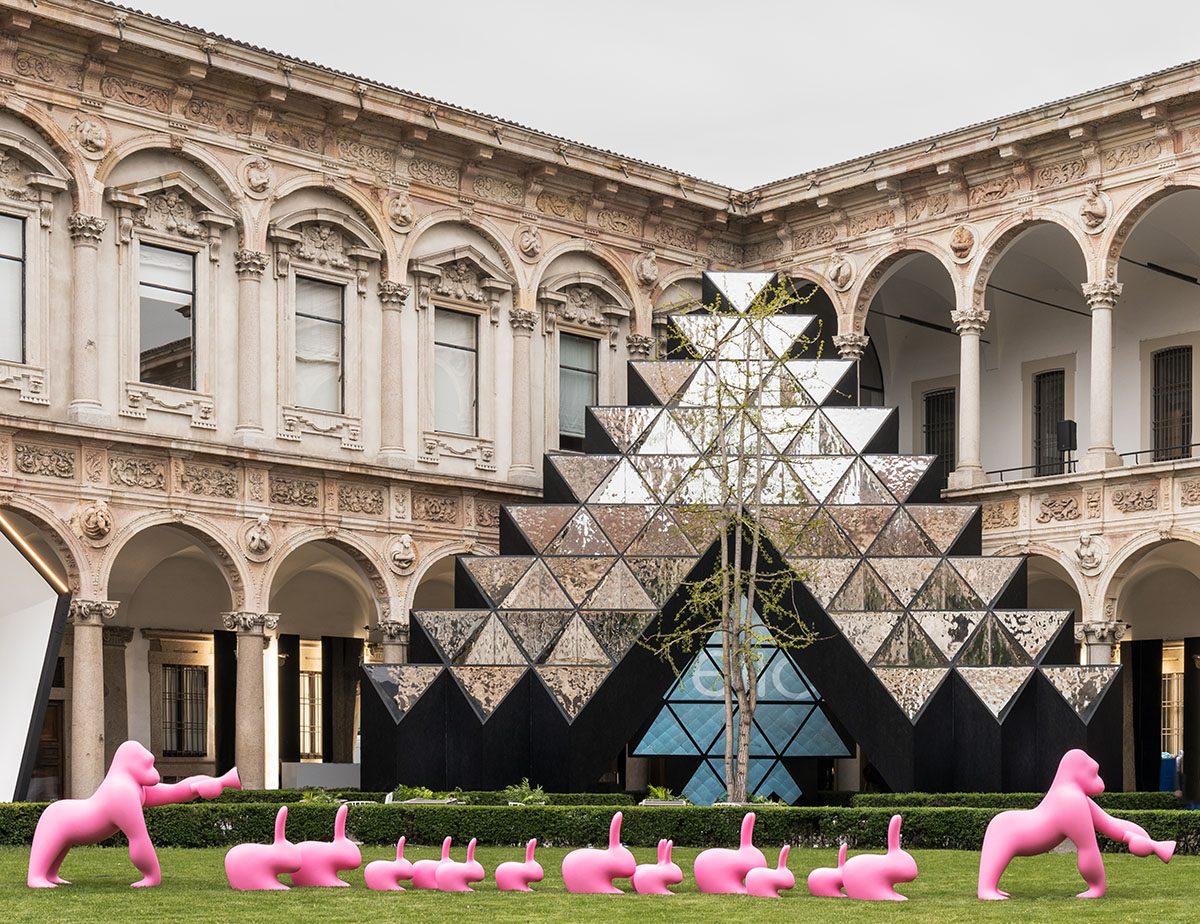
Rome-based architecture and urban planning practice Labics has built a triangular-mirrored sculpture that insists on reversing the point of view at Milan Design Week, which has concluded yesterday.
Titled Visionair, the installation was designed as part of the House-in-motion exhibition produced by "Interni" for Fuorisalone 2018, promoted by Elica and Fondazione Ermanno Casoli and curated by Marcello Smarrelli. The artwork is still on view till 28 April, 2018 inside the Ca' Granda via Festa del Perdono 7 in Milan.
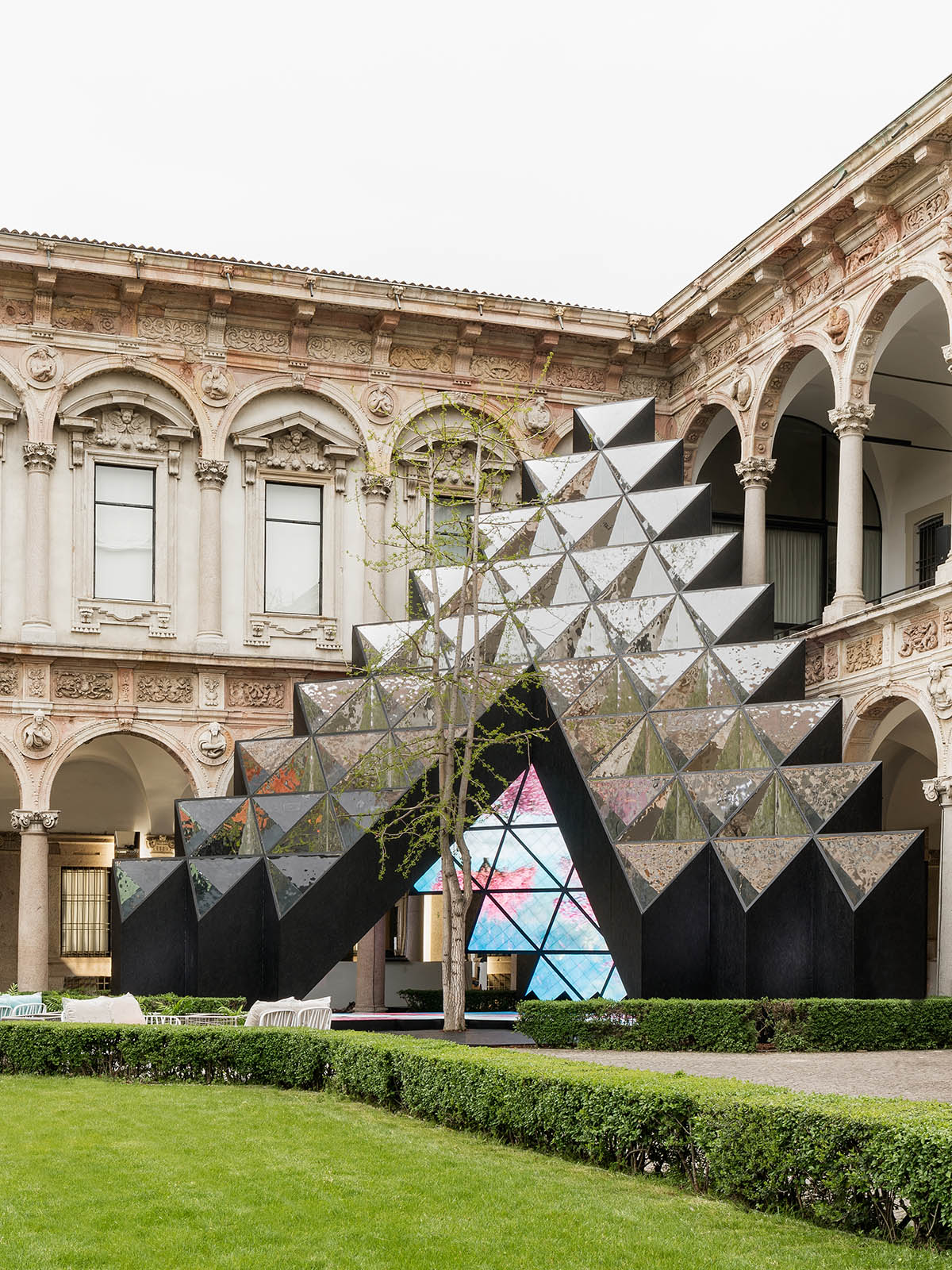
The giant mirrored installation is envisioned as a prototype, this work continues the research of the architecture studio on the theme of the relationship between space and structure.
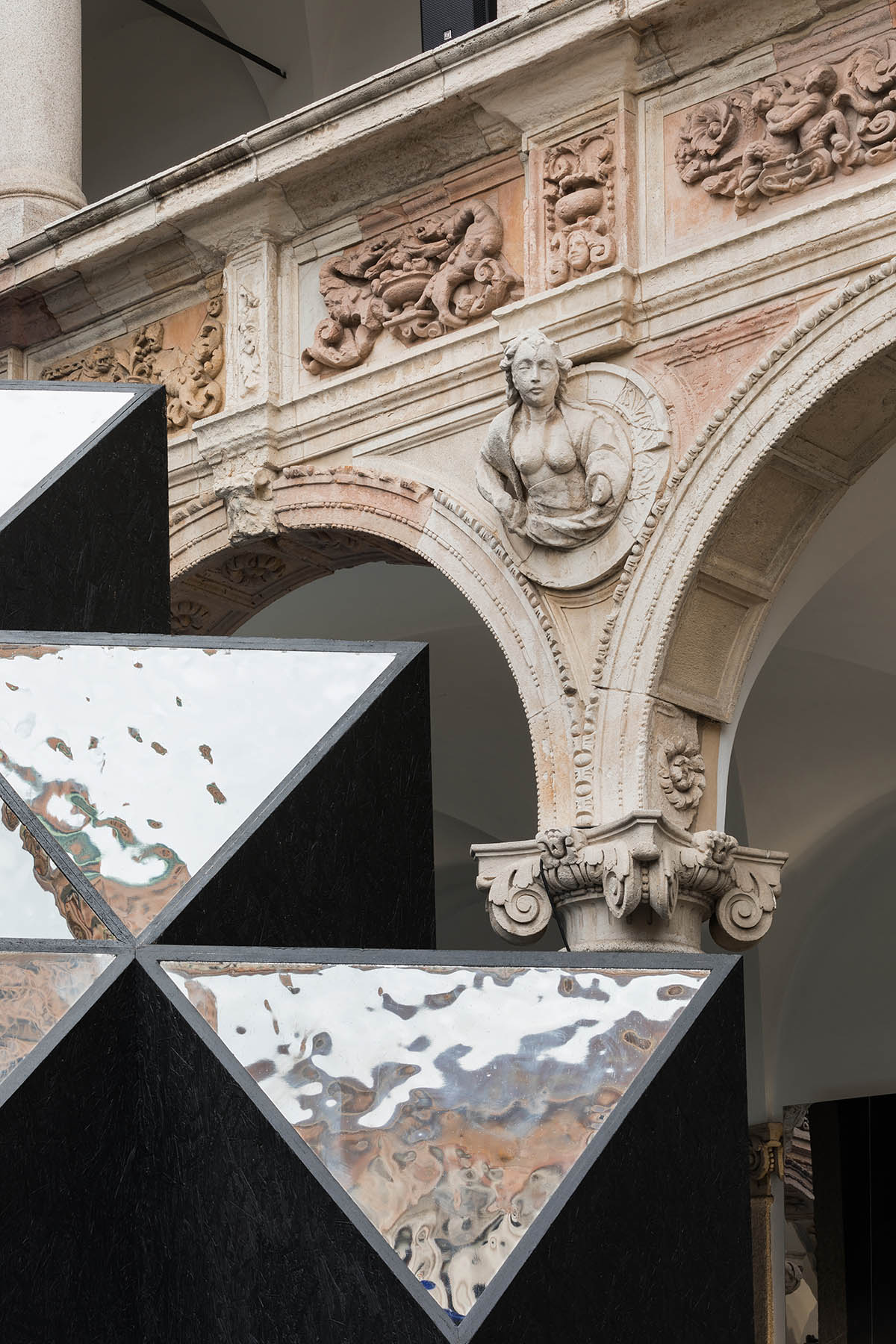
"The idea behind the project stems from a reflection on the theme of reversal of the point of view, concept used by the brand Elica to describe the paradigm shift underlying the recent experiments on aspiring hobs," said Labics.
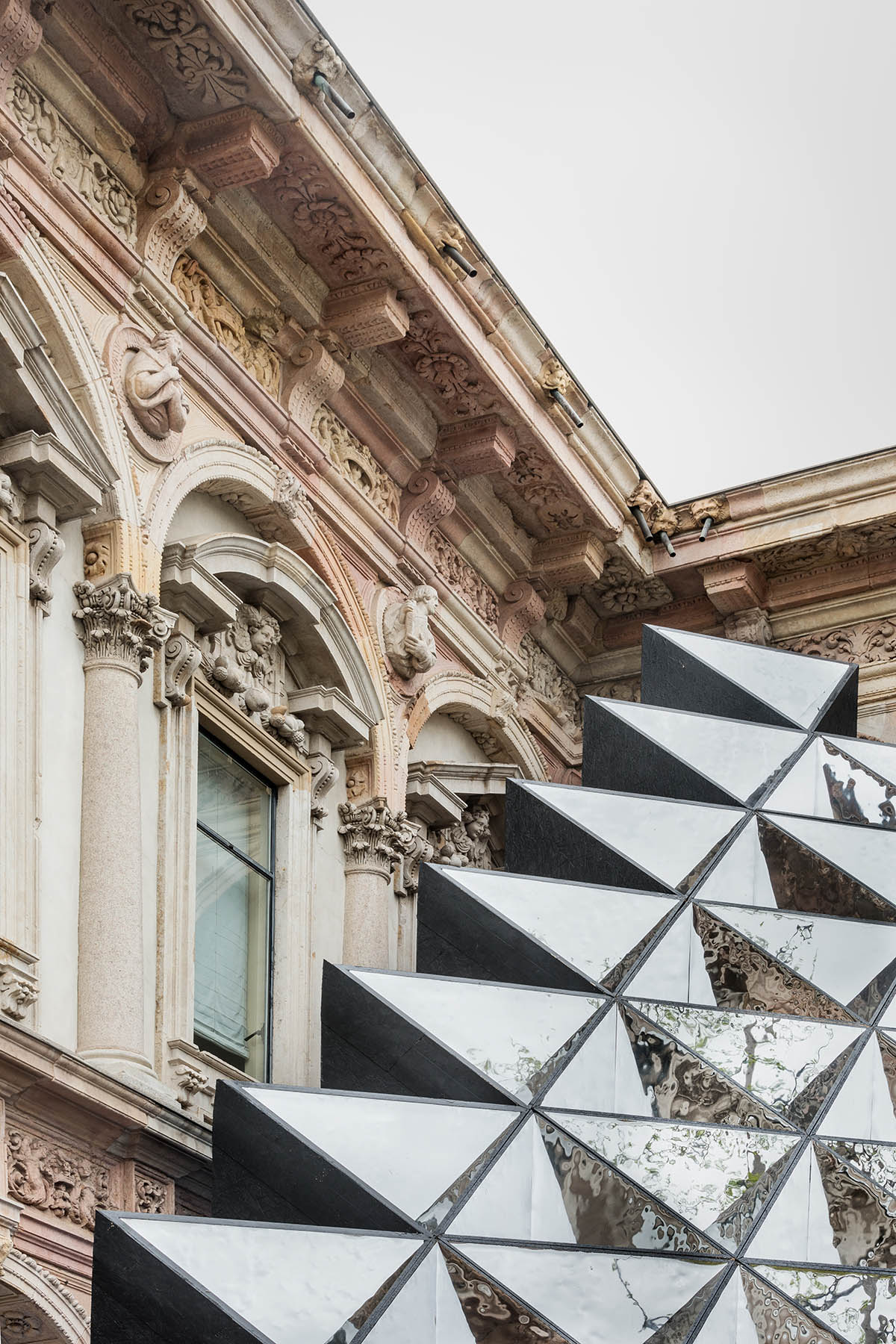
The installation is a visible object inside the Ca‘ Granda, a small architecture that immediately communicates its presence; a structure that, when approaching, reveals itself, letting perceive the presence of a space inside, an unusual space that invites the visitor to enter a surreal and upside-down dimension of reality.
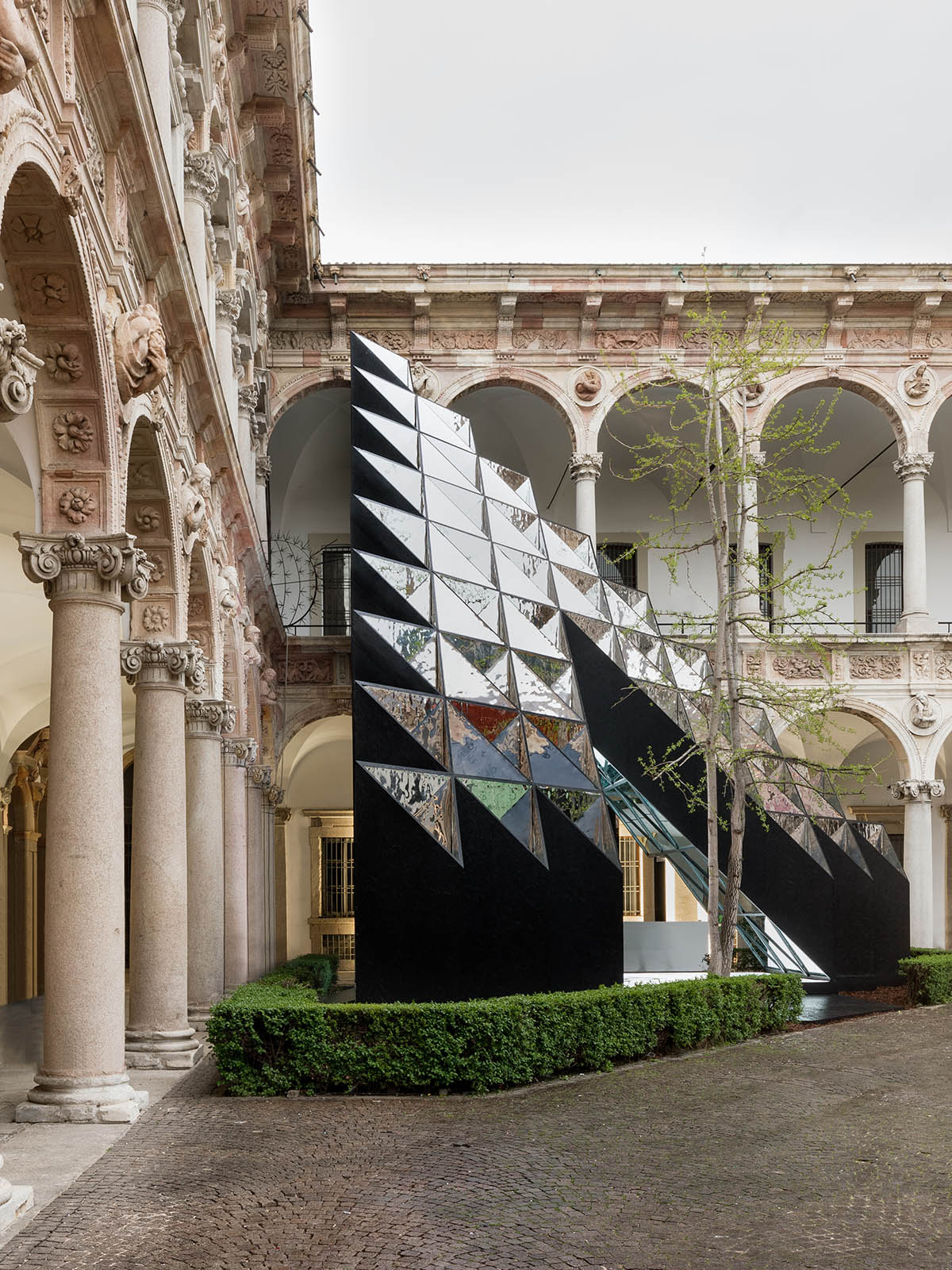
"The act of crossing a threshold, of entering an interior space, alludes to the imaginary of the home, which welcomes and protects. But it is also a metaphor for a large door through which it is possible to access the Elica universe," added the studio in a project brief.
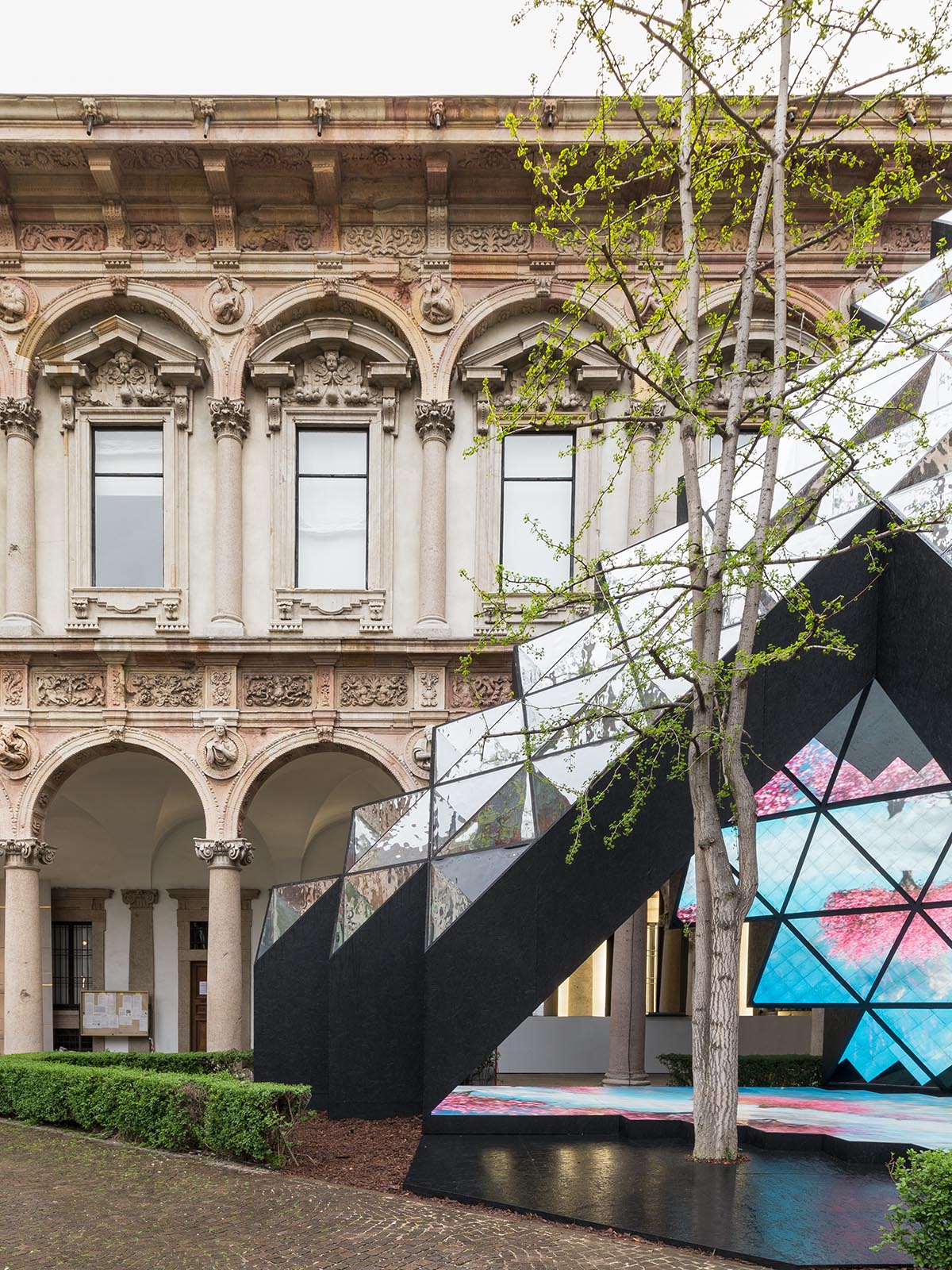
The studio chooses mirroring materials that create an abstract image from the outside and immersive from the inside. To create a kaleidoscope effect, the video images of the interior are broken down, overturned, recomposed in new forms, generating an unexpected story of which the visitor is completely part of.

The installation, completely independent of the context in terms of language and materials, finds a strong dialectic relationship with the existing through a close dialogue with the neighbouring portico, finding in it its own geometric and spatial matrix.
The basic model is generated starting from the rhythm of the portico, a square matrix of 1.17 m - one third of the intercolumnio - and consists of the intersection of three families of vertical surfaces, two oriented parallel to the porticoes, one inclined at 45 degrees.
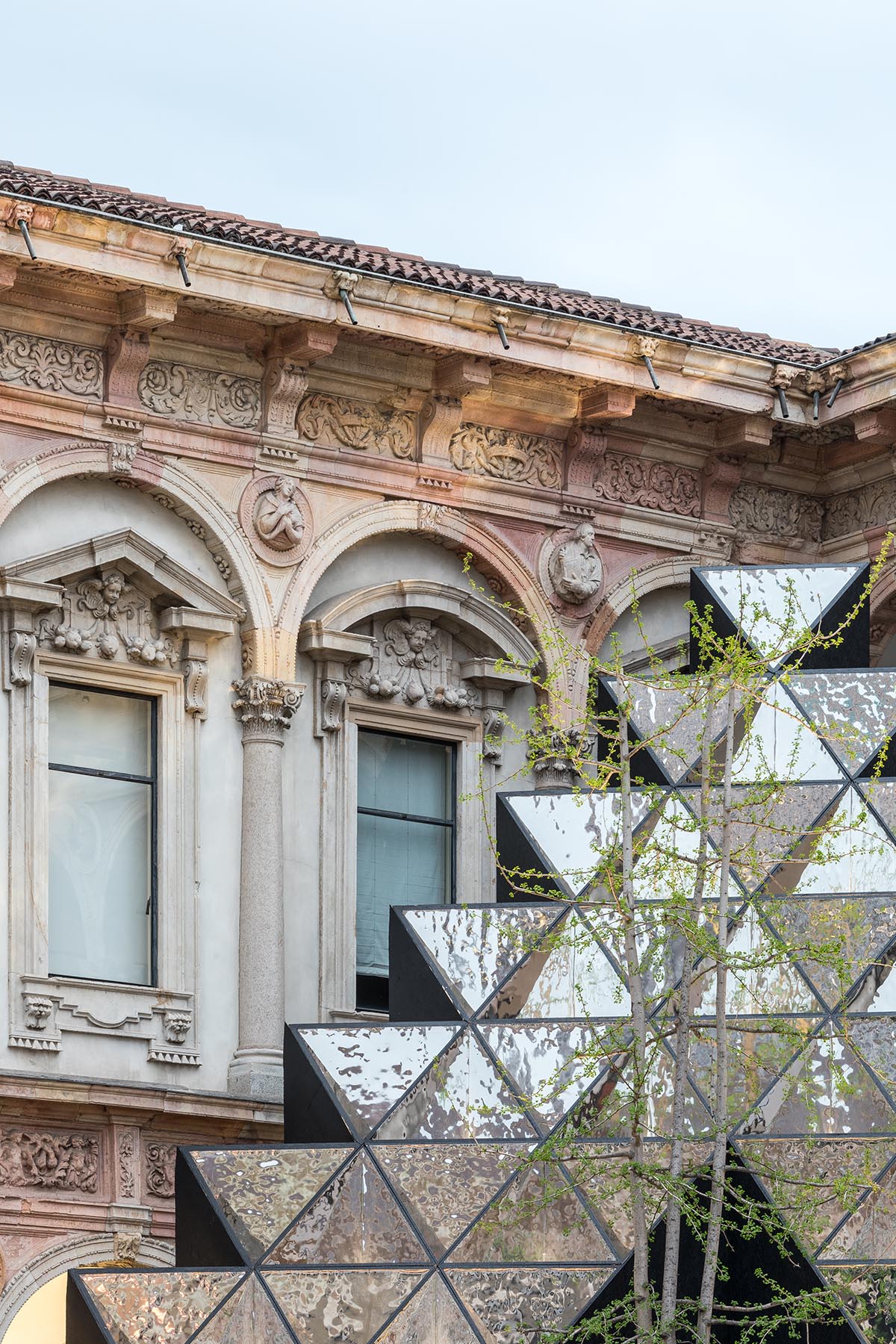 Starting from this simple geometry three cutting operations were carried out: the first generates the internal space, the second accommodates the existing tree making it become part of the composition, the third finally defines the diagonal section that tends towards the sky.
Starting from this simple geometry three cutting operations were carried out: the first generates the internal space, the second accommodates the existing tree making it become part of the composition, the third finally defines the diagonal section that tends towards the sky.
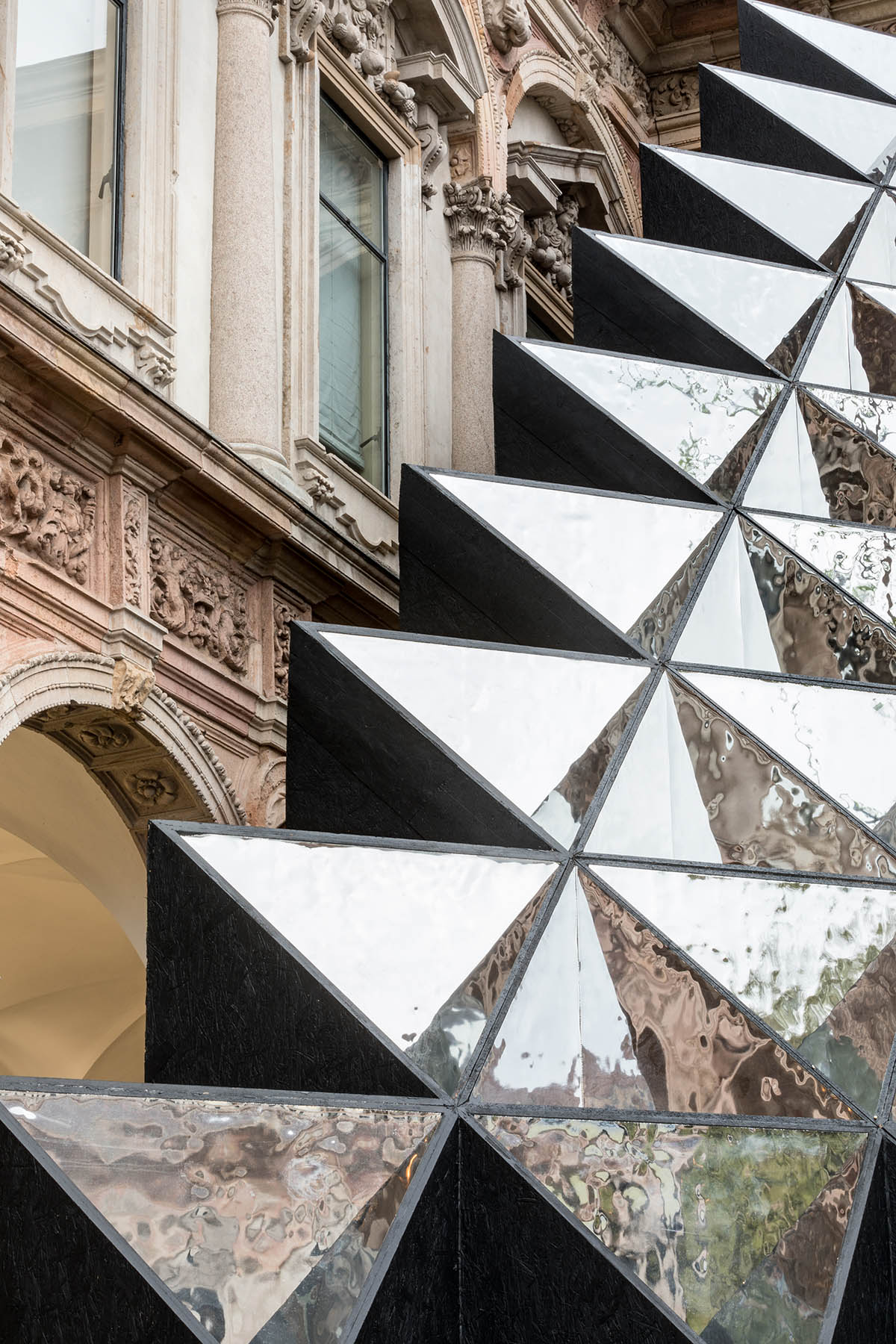
The Visionair installation developed as a prototype, is part of a research path that Labics has been carrying out for years on the relationship between structure and space and on the idea of the supporting structure as an element of maximum reduction of the architecture.
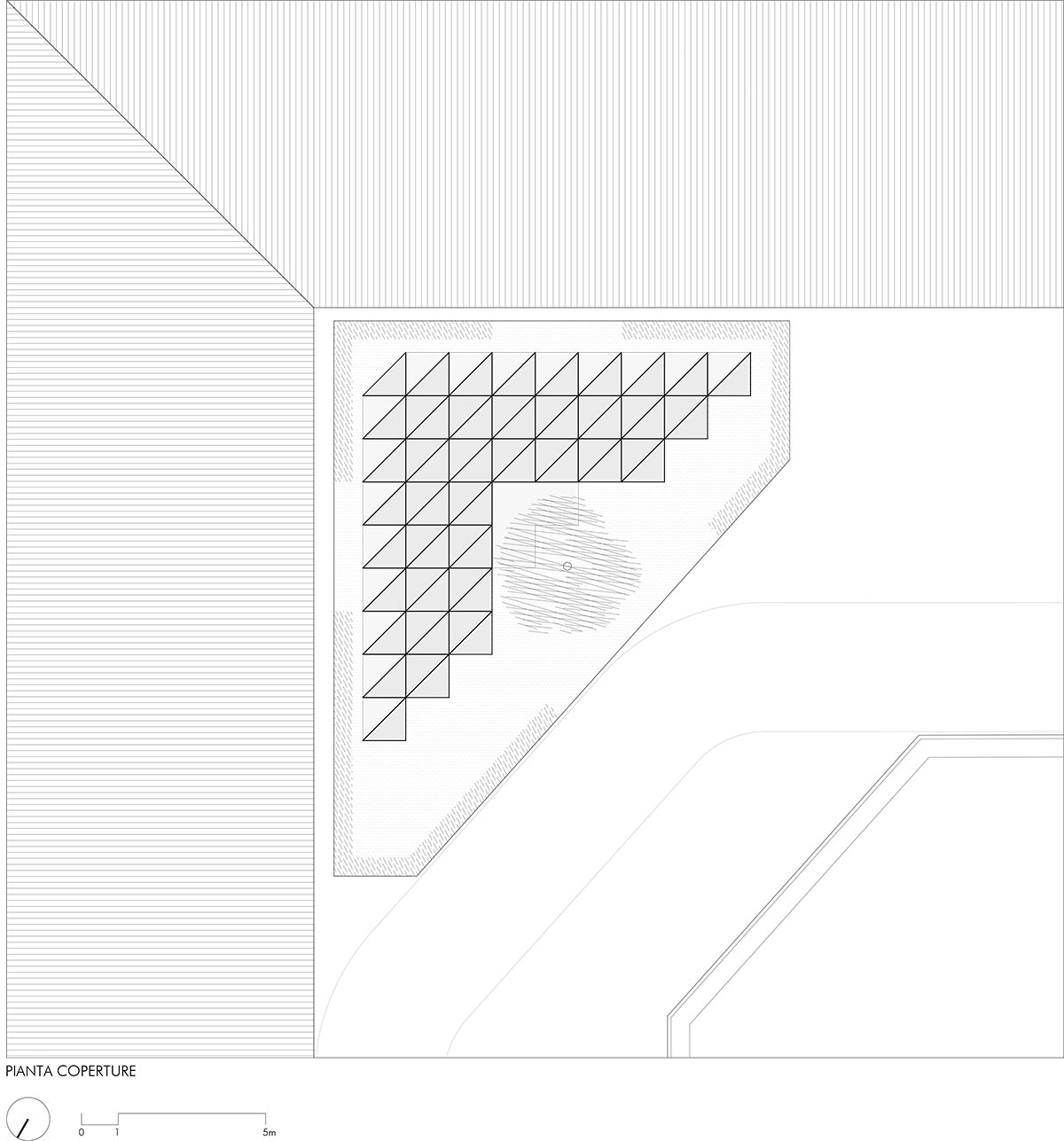
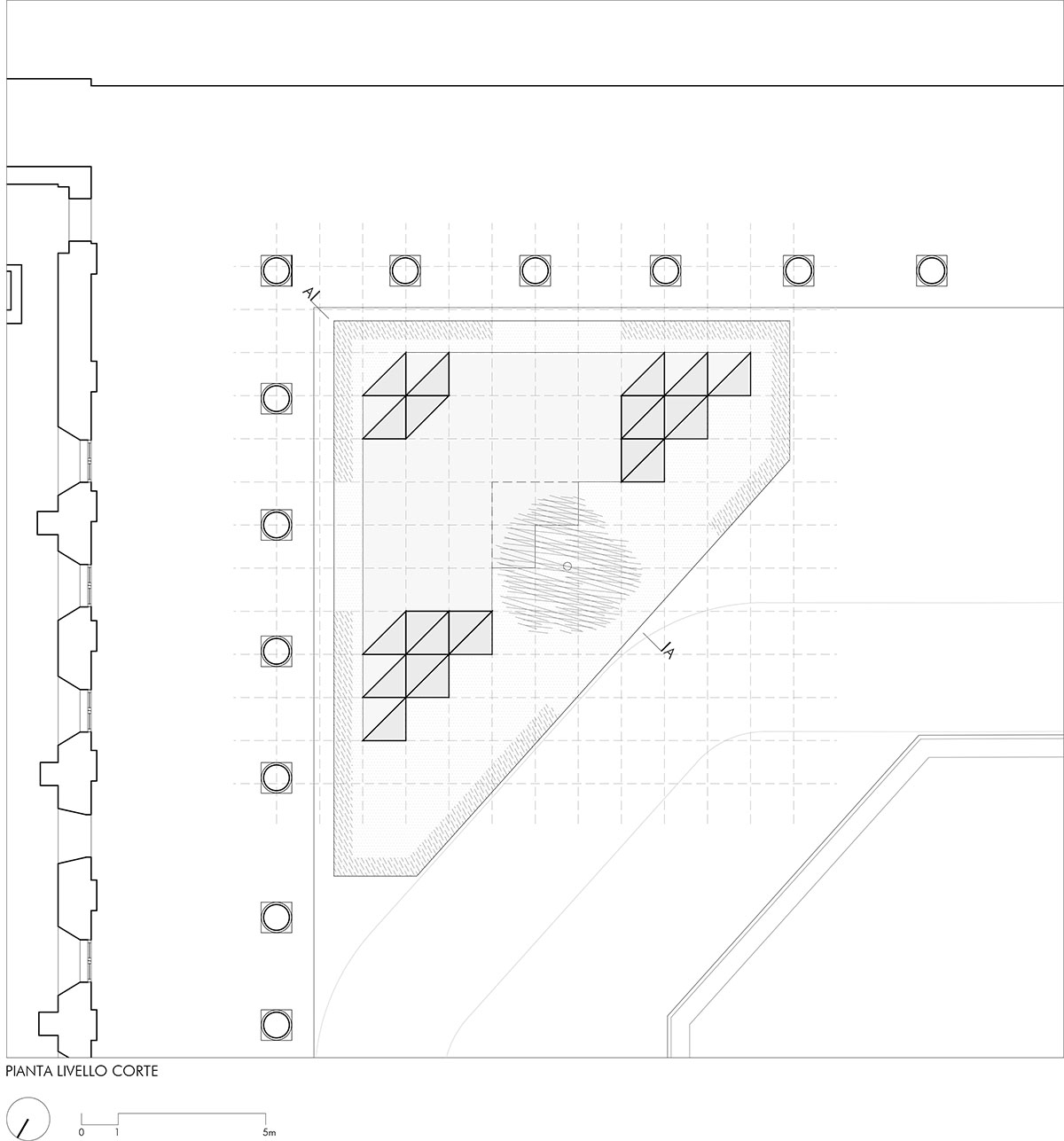
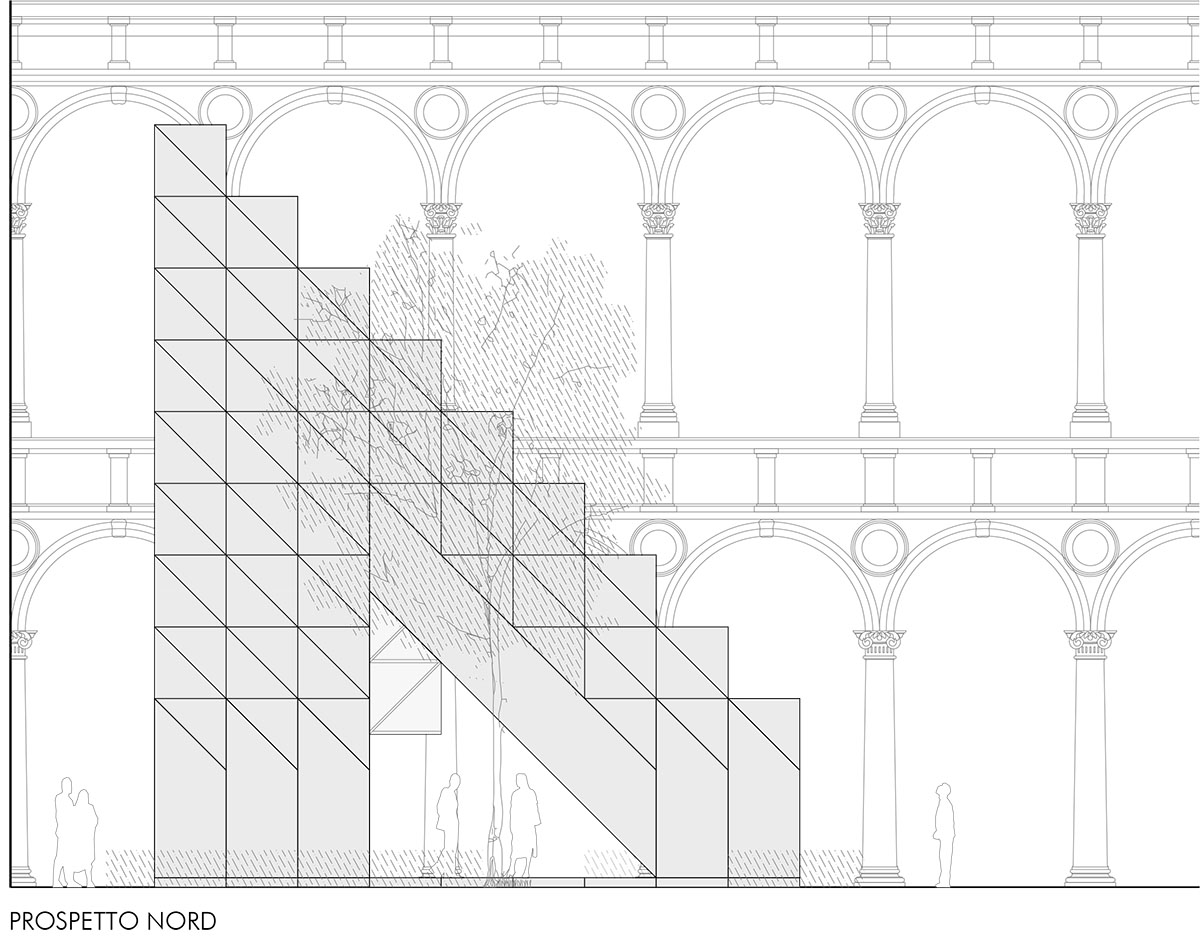
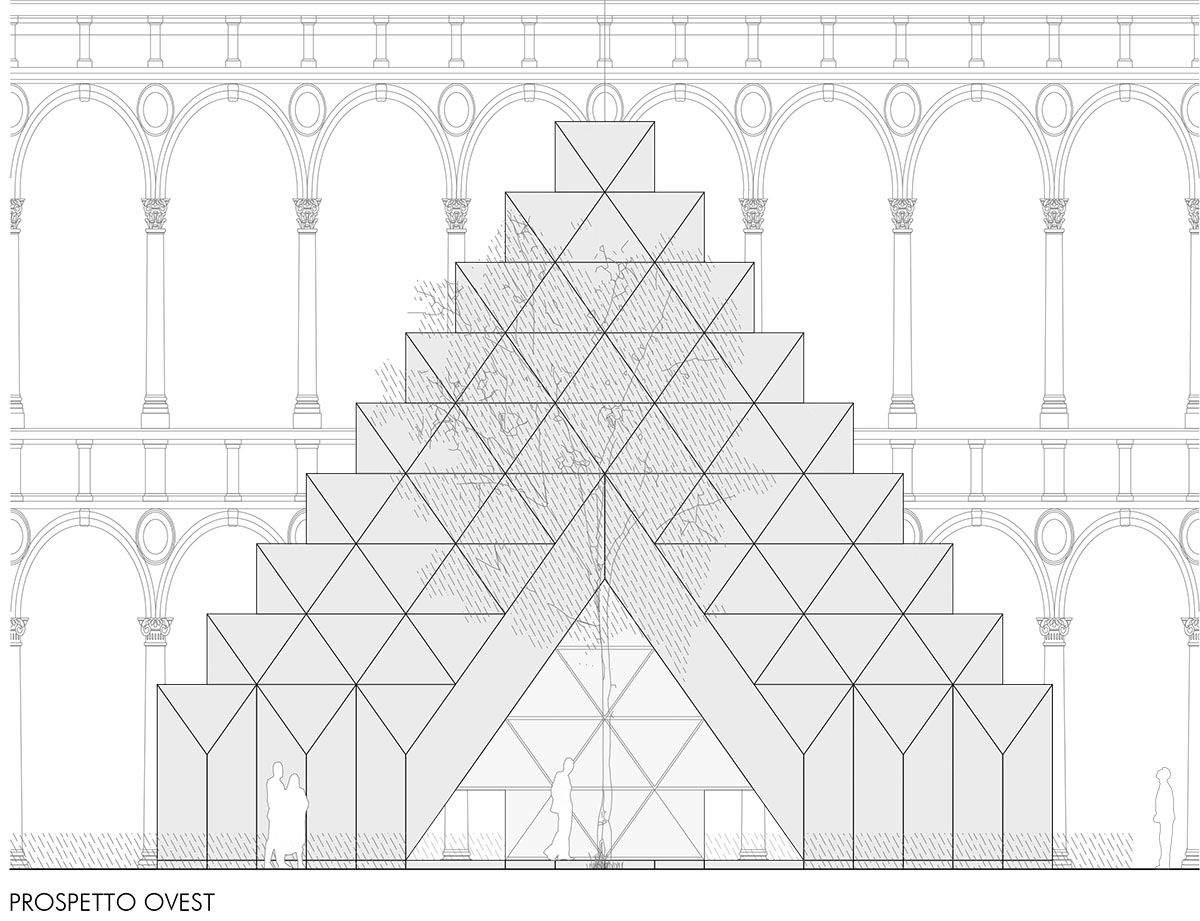
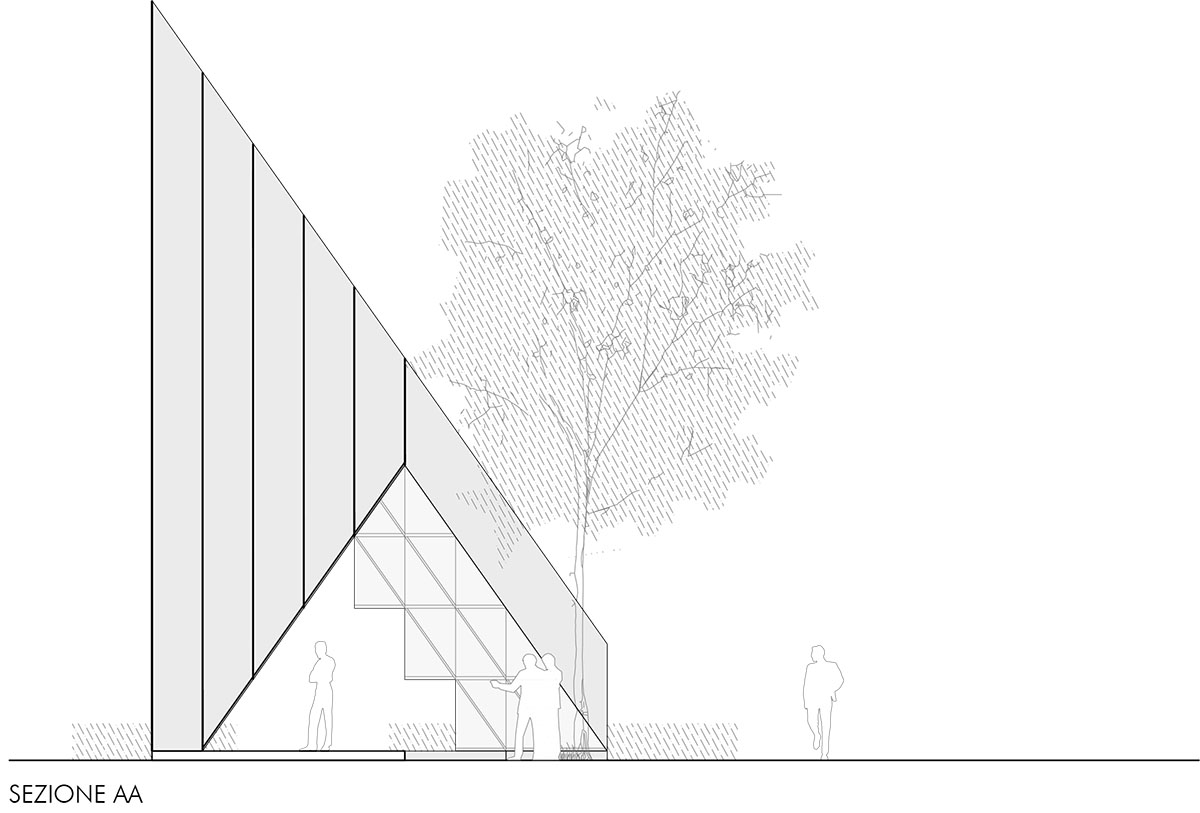
All images © Marco Cappelletti
> via Labics
